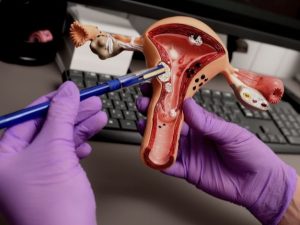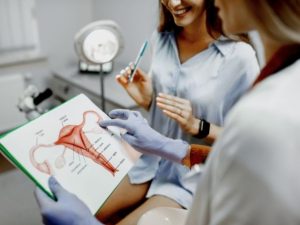Is There a Cure for Fibroids?
Unfortunately, there is no cure for fibroids. There are many ways to live with fibroids, such as taking medication or undergoing surgery.
Since fibroid situations vary person to person, it is important to discuss your concerns with a health care provider.
There are some medication options to consider, such as over the counter pain medications. Hormonal contraception, like the Depo shot or the pill, may also help with decreasing the bleeding.
There are also surgical methods as well, but surgery only removes the present fibroids. Even after a myomectomy (the name for fibroid surgery removal), some fibroids can reemerge.









